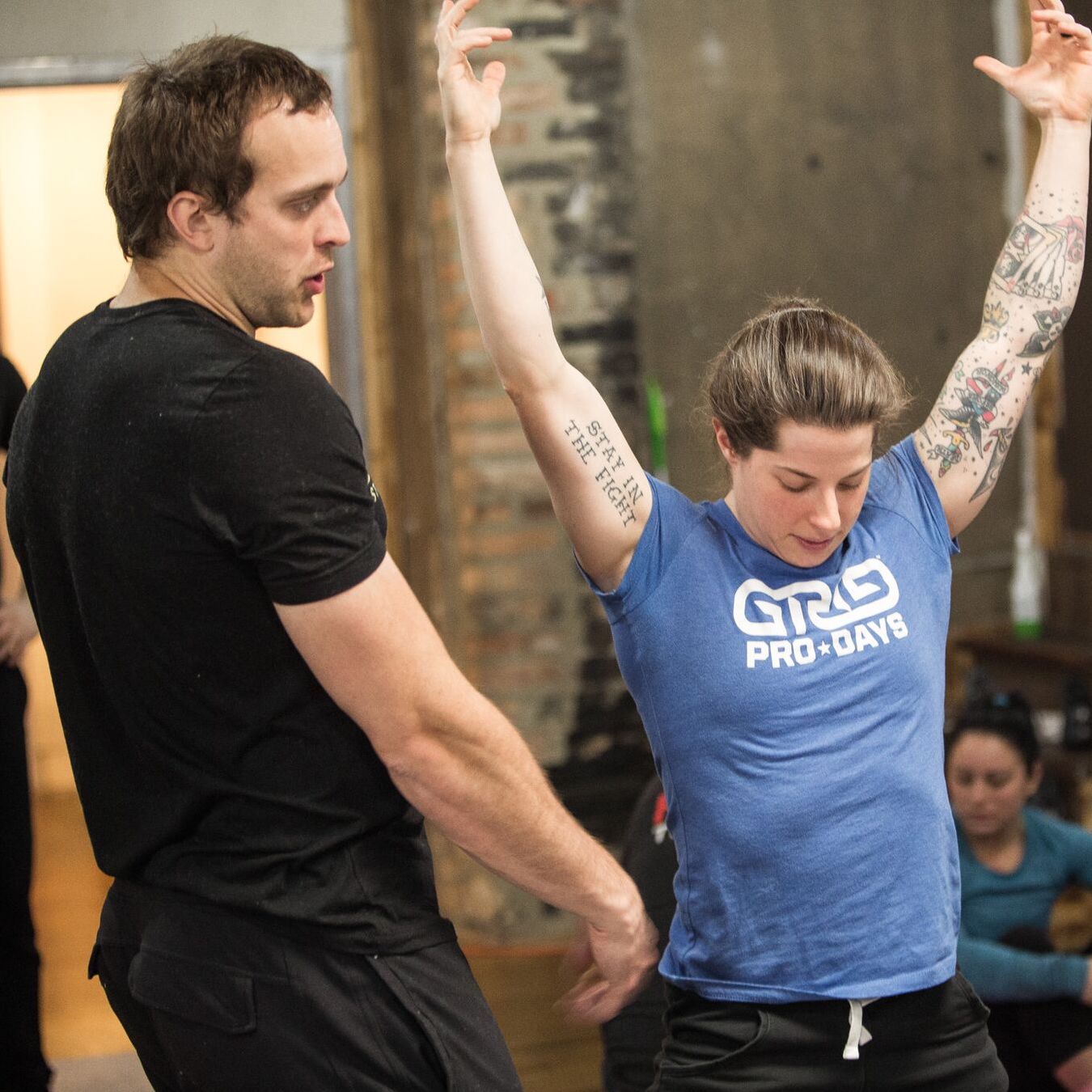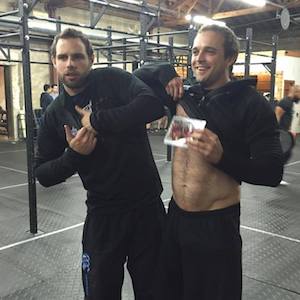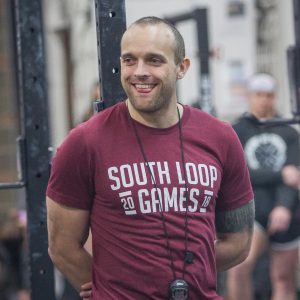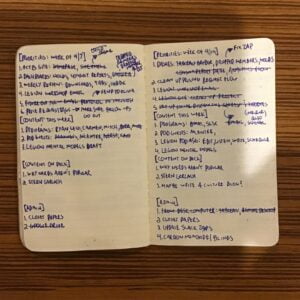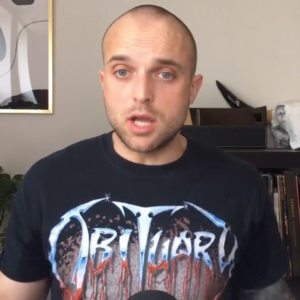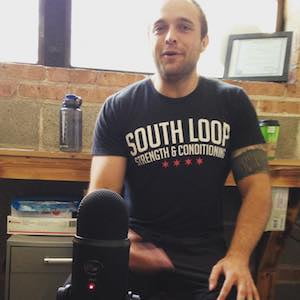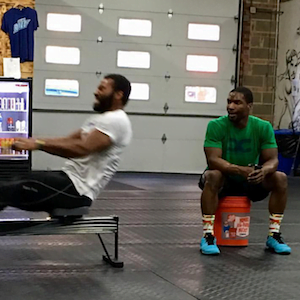Any complicated, multi-layered skill is made up of potentially dozens of other “micro-skills” – and coaching is no different.
It’s not enough to have book knowledge of energy systems progressions.
It’s not enough to have an eagle eye for movement flaws and an over-flowing toolbox of ways to correct them.
Nor is it enough to be charismatic and engaging with clients.
The intersection of these skills – as well as plenty of others – are what defines a great coach.
In this solo effort, I break down some of the major elements of coaching, as well as the “table stakes” quality of each skill and some higher order manifestations as well.
Check out this soliloquy to learn:
- How great coaches compare movement to an idealized version of a pattern in their head to figure out flaws
- How coaches use higher order pattern recognition to help them in correcting movement flaws – and how the best coaches are able to quickly iterate their cuing to get what they want from an athlete
- How to zoom in and zoom out when working with an athlete so you can find the lead domino that makes all the next steps easier
- How to build trust so that your cues are taken seriously by a client – rather than getting eye rolls, argument, or non-compliance
Listen Here
- iTunes
- Overcast
- Google Play
- mp3
- Or stream here:
- If you’re enjoying the show, why not a leave a review? It makes a difference in terms of other people finding the show.
Show Notes
- [0:53] The many different skills required for great coaching
- [3:53] Coaches must have the ability to see movement and recognize flaws
- [11:45] Once a coach sees a problem, are they able to correct it?
- [16:46] Seeing and correcting are table stakes – then we need to be able to prioritize
- [29:26] How do you create the emotional buy-in and trust with clients to get them to invest in the process of improvement with you?
- [40:12] Asking questions rather than being directive is one of the best tools for a coach’s communication toolbox
